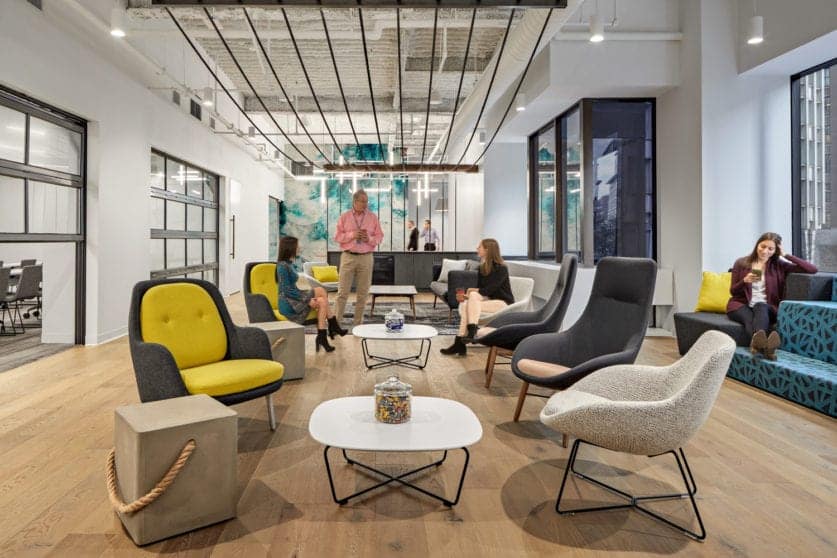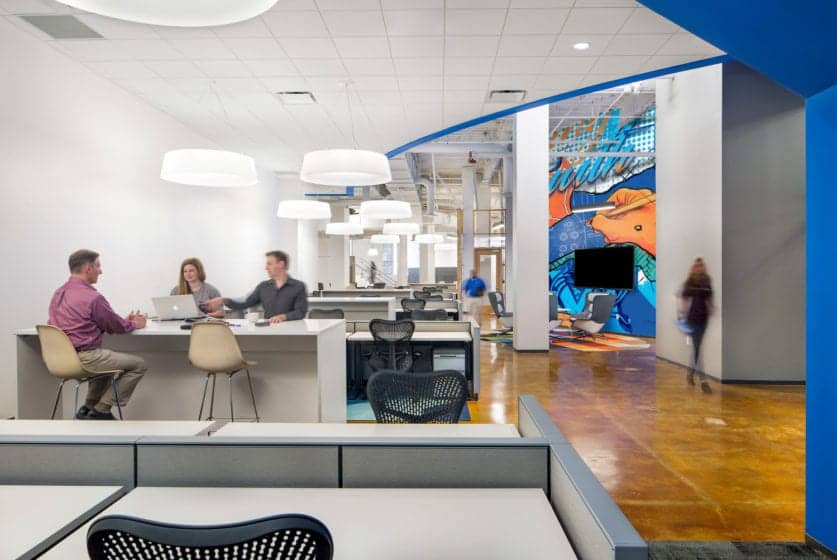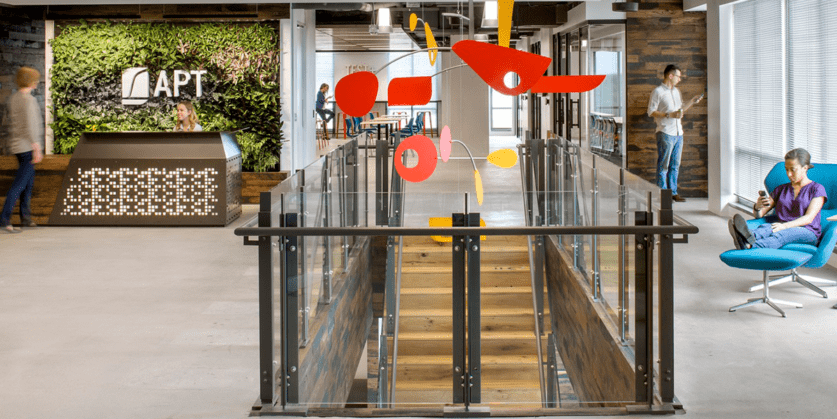More...
By Annelle Stotz, SEGD, AIGA | Senior Director of Experiential Graphic Design
January 24, 2018
Reminding ourselves that design goes beyond the aesthetic.
Louis Sullivan’s ubiquitous phrase ‘form follows function’ is often associated with 20th century modernist architecture, though, as designers, it is a mantra we are familiar with and it stands to reason. The principle boils down to the belief that the shape of a building or object should reflect its intended purpose, and that purpose should focus on the user.
Good Design Should Naturally be Inclusive
Whether it’s called human-centric, universal, or inclusive design, our primary job is to create exceptional experiences. Universal design can be evaluated by these seven principles:
1. Is useful and appealing
2. Provides choice
3. Is easy to understand
4. Provides information effectively (regardless of ambient conditions or one’s abilities)
5. Minimizes hazards and adverse consequences of unintended actions
6. Can be experienced with minimal effort and is intuitive
7. Is appropriately located and sized for us
When the focus is on providing good design, we create value for the individual, business and society. As designers, we should always keep in mind that the benefits of good design extends beyond the individual to society – by enabling independence as well as participation in community, and business – increasing customer satisfaction and reach. If we strive to use these established principles, we increase the probability that the design will be successful.
Observe, Listen, Empathize
It doesn’t matter who our client is, or what market we are designing for, the common denominator is the user. Our job is to observe, listen to, and empathize with the users. This enables us to identify challenges that need to be solved, and the objectives the design needs to meet. Through awareness and observation of human behavior, our discoveries can be applied to advance progress while responding to the ever changing societal norms and values more fluidly.
With each project, we anticipate the many and diverse users of a space; utilizing observations, stories and emotions to curate the desired experience. In the simplest sense, an experience should provide reassurance and inspiration. Reassurance is most commonly addressed through signage and wayfinding – providing information effectively, and inspiration through storytelling – capturing the unique essence of an organization.
Whether we are designing for a targeted group or a broader audience, we continuously challenge ourselves and aspire to find new and inventive ways to convey information and visually stimulate our users. Here are some ways we’ve achieved this:
Intuitive Wayfinding:
Creative Technology:
Art/Sculpture:
Although our profession is largely defined by a project’s parameters, if we remind ourselves, our partners and our clients to focus on the good, we will deliver much greater value in 2018. Join us throughout the year to see the new and inventive ways in which we approach human-centered design that focuses on the fundamentals: each of us.
Like What You See?
Learn more about IA's approach to EGD and how demand for EGD is rapidly increasing. Click below to read "The Rise of EGD: Defining the Workplace Experience."
A good reminder that design goes beyond aesthetics!






